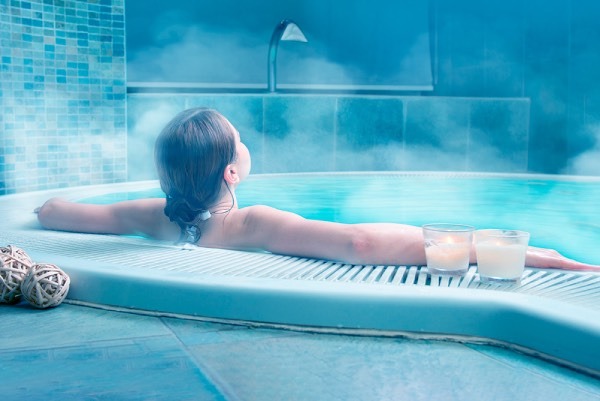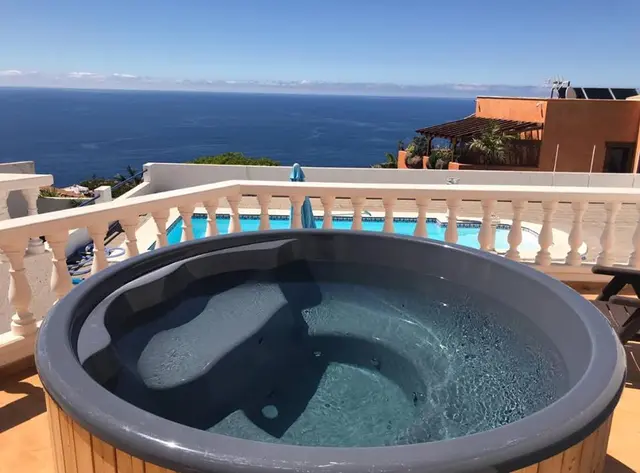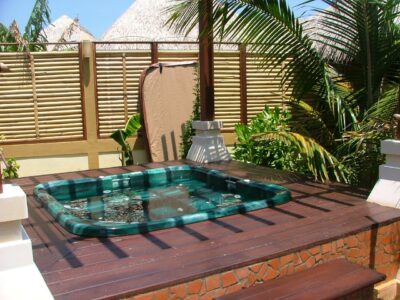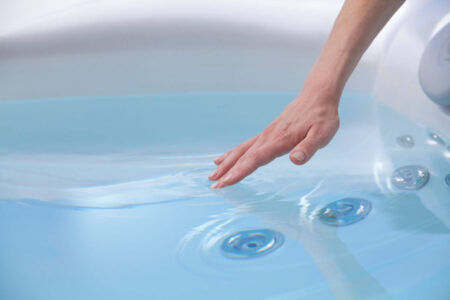If you are considering buying a hot tub or already own one, it is essential that you understand how spa heating works and what its benefits are. In this article, we will explore in detail all about this technology that will allow you to enjoy a relaxing and revitalising experience in your own home.
As well as providing you with information on how spa heating works, we will also guide you through the different types of heating systems available on the market. From traditional electric heating to the most advanced and efficient options, you will discover which one best suits your needs and preferences.
What is spa heating?
Spa heating is a system that allows you to treat the water in your spa and keep it at the right temperature. It is an essential component of the spa that allows you to enjoy it at any time of the year. Most spas use a combination of heating and insulation to keep the water warm and reduce energy consumption.
Types of spa heating
There are several types of spa heating, each with its own advantages and disadvantages. The main types are: electric heating, gas heating, solar heating and heat pump heating.
Electric heating
Electric heating is the most common type of heating in spas. It works by generating heat through an electric heating element that is immersed in the spa water. This type of heating is easy to install and maintain, but can be more costly in the long run due to high energy consumption.
Gas heating
Gas heating uses natural gas or propane to generate heat and keep the spa water at a constant temperature. This type of heating is more efficient than electric heating, but can be more expensive to install and maintain.
Solar heating
Solar heating is an environmentally friendly and economical option for heating spa water. This system uses the sun’s energy to heat the water through solar panels installed on the roof or on the outside of the spa. Although solar heating is a cost-effective option, it may be less effective in cold or cloudy climates.
Heat pump heating
Heat pump heating is the popular choice for spa heating. It works by extracting heat from the outside air and transferring it to the spa water. This process is done by a compressor, evaporator and condenser. Electrical energy is used to power the compressor, which allows the transfer of heat from the outside air to the spa water. Heat pump heating is energy efficient and can save money on heating costs in the long run.
Gas heating
Gas heating is a common option for outdoor spas. It works by burning natural gas or propane in a burner that heats the spa water. Gas heating is a fast and efficient option for heating spa water, but can be expensive in the long run due to fuel costs.
Spa heating maintenance
Regardless of the type of heating you choose for your spa, it is important to maintain it properly to ensure its efficiency and longevity. Here are some maintenance tips that can help:
- Perform a regular inspection of your spa heating system to detect any potential problems.
- Make sure your spa filters are clean and replaced regularly to ensure good water circulation.
- Clean your spa’s plumbing and jets regularly to avoid blockages that can reduce water flow and affect heating efficiency.
- Check your spa’s chemical levels regularly and adjust as necessary to ensure proper water quality.
- Make sure your spa cover is in good condition and weatherproof to help retain heat and reduce heat loss.
Choosing the right heating system for your spa is important to ensure a comfortable and enjoyable spa experience. Electric heating, gas heating and heat pump heating are common options for spas, each with their own advantages and disadvantages. By properly maintaining your spa heating system, you can ensure its efficiency and longevity.
At Cubiertas para Spa we offer several different styles of hot tub covers and covers, from basic covers to models with added features that perfectly suit your spa, hot tub or whirlpool.





